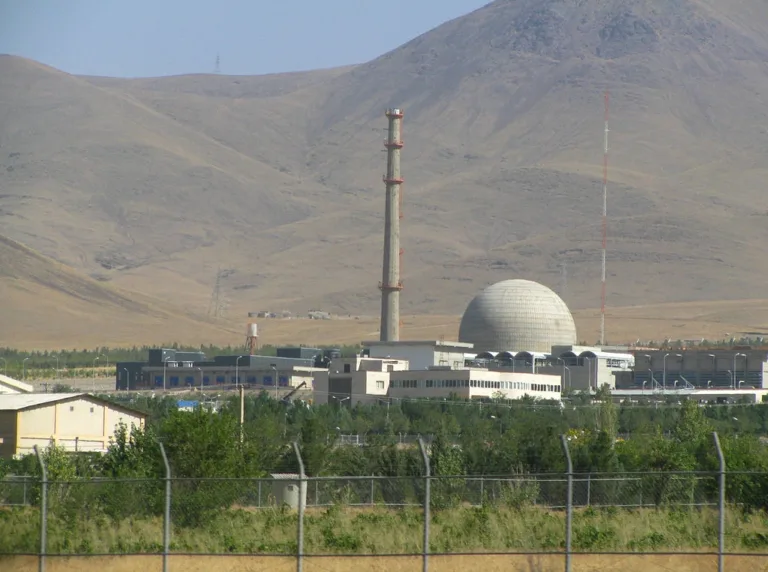
16 November 2024
As the dust settles following the 2024 elections, the landscape of U.S. immigration policy remains in flux, particularly as we reflect on the legacy of the Trump administration. The significant shifts in immigration practices and attitudes that characterized the years from 2017 to 2021 have left an indelible mark. This article aims to explore the ongoing challenges stemming from those years, the direction in which the immigration debate is heading, and potential pathways for reform in the years to come.
The Continuing Impact of Trump’s Immigration Policies: During his presidency, Donald Trump’s administration enacted robust policies aimed at tightening immigration controls, which have continued to influence the political discourse around immigration even after his term. The prominent focus on border security and the push for a physical barrier along the U.S.-Mexico border set a tone for stricter immigration enforcement that resonates to this day. Although the proposed wall was never fully realized, the investments made in reinforcing existing fences and expanding border patrol operations have persisted. Additionally, visa restrictions introduced to prioritize American workers have left lingering effects on industries that rely on foreign talent. Programs like the H-1B visa have faced substantial cuts, leading to labor shortages in sectors such as technology, healthcare, and agriculture. In an age of increasing globalization, the challenge remains for employers to adapt to these restrictions while negotiating an evolving workforce landscape.
Challenges Faced by Immigrants: Today The consequences of the Trump administration’s policies are still being felt by many immigrants and their families. The DACA program, which provides protections for undocumented young people, remains in a precarious position. Rescinding DACA was a point of considerable contention during Trump’s presidency and continues to face legal uncertainties. The anxiety surrounding this issue underscores the ongoing struggles of countless families who depend on these protections for their stability and security. Moreover, the consequences of aggressive policies, such as the “zero tolerance” approach leading to family separations at the border, have contributed to a pervasive atmosphere of fear among immigrant communities. While there have been attempts to address the fallout from such policies, the long-term impacts on community trust in governmental institutions are profound.
Navigating the Post-Election Landscape: As the Biden administration grapples with its own vision for immigration, the pathway forward is complicated. The call for more humane immigration practices is evident, with discussions around comprehensive immigration reform gaining momentum. Potential avenues include establishing clearer pathways to citizenship for undocumented immigrants, which recognizes their contributions to the economy and society. However, the political landscape remains divided, and any substantial reform will require bipartisan collaboration. Discussions often become mired in partisan debate, making it challenging to establish a consensus. Striking a balance between ensuring national security and embracing the values of compassion and inclusion will be crucial. Engaging in open dialogue with diverse stakeholders, including immigrants and their advocates, will be an essential part of this process.
Opportunities for Comprehensive Reform: The road ahead for U.S. immigration policy is fraught with challenges, but it also presents significant opportunities. Policymakers are beginning to acknowledge the critical role that immigrants play in various sectors of the economy, especially in light of persistent labor shortages. There is increasing recognition that responsible immigration reform can help attract skilled workers, bolster the economy, and address demographic shifts in the American labor market. For meaningful change to take root, both Democratic and Republican leaders must prioritize collaboration over division. Crafting a comprehensive immigration reform bill that addresses border security while providing humane solutions for undocumented individuals is necessary to pave the way for a brighter future.
When discussing the complexities of U.S. immigration policy, critical aspects of enforcement practices.
1. Does the USA allow immigrants to be deported?
In general, the U.S. immigration system does permit the deportation of immigrants who violate immigration laws, which can include those who enter the country illegally, overstay their visas, or commit certain crimes. Removal proceedings can be initiated through various means, such as immigration court actions or enforcement by agencies like ICE (U.S. Immigration and Customs Enforcement).
2. Can the U.S. deport immigrants?
Yes, the U.S. has the legal authority to deport immigrants. However, the actual process and enforcement of deportation are influenced by the administration in power, prevailing immigration laws, and policies. Various factors, including humanitarian considerations, community trust, and legal protections for certain immigrant groups (like DACA recipients), play significant roles in how deportations are managed. These phrases underscore the ongoing challenges surrounding immigration enforcement and the debates about the legality and morality of deportation practices within the broader context of U.S. immigration reform.
Conclusion :
In summary, the immigration debate in the U.S. continues to evolve in the wake of the Trump administration’s policies. The challenges stemming from stringent enforcement and divisive rhetoric have created a complex landscape that needs thoughtful navigation. As we look forward, the imperative remains for political leaders to engage in meaningful dialogue that elevates the voices of all stakeholders involved. Comprehensive immigration reform, rooted in compassion and practicality, is not only desirable—it’s essential for moving forward as a nation that values both security and humanity. The opportunity to reimagine U.S. immigration is within reach, but it will require a commitment to collaboration and understanding from all sides.


